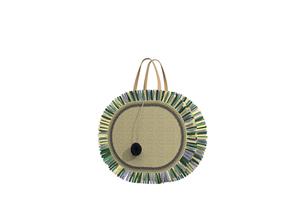4 Things You Need to Know about Paper String
4 Things You Need to Know about Paper String
In the diverse world of crafting and sustainable materials, paper string has emerged as a versatile and eco-friendly choice that caters to a wide array of artistic and practical applications. From weaving intricate patterns to tying the perfect bow, this humble material proves its utility across numerous crafts and tasks. Its significance goes beyond mere convenience; using paper string taps into a larger narrative of environmental consciousness, promoting materials that are both renewable and biodegradable. Furthermore, its accessibility and ease of use make it a favorite among crafting enthusiasts and professionals alike, offering a sustainable alternative to traditional crafting materials.
The article will delve into the different types of paper string available on the market, including paper yarn, twisted paper rope, and variations like jute cord, showcasing their unique qualities and how they can be applied to various crafting projects. Additionally, it will guide readers through exciting DIY projects utilizing paper string, highlight the environmental benefits of opting for this material, and provide solutions for common problems encountered during its use. Through exploring these topics, the article aims to equip readers with the knowledge and inspiration to incorporate paper string into their crafting repertoire, fostering an appreciation for its versatility, aesthetic appeal, and ecological advantages.
What is Paper String?
Paper string, also known as paper cord, paper thread or paper twine, is a versatile crafting material made from 100% paper fibers. It is typically 2mm in thickness and comes tightly twisted, often with two strands for added strength and durability.
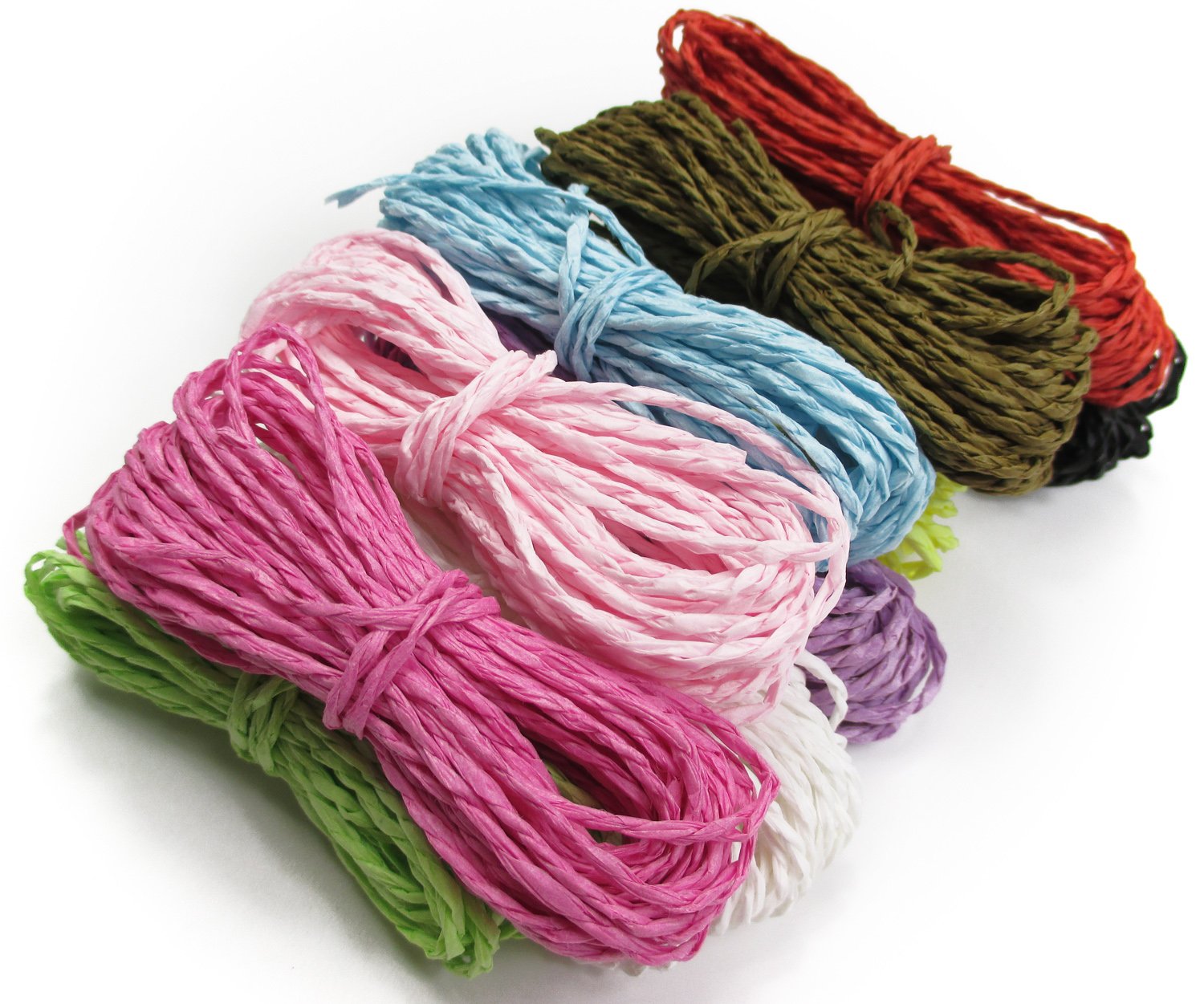
In the market today, individuals can find a variety of paper string types, each offering unique characteristics and uses. One popular variant is the twisted paper string, known for its durability and strength. This type of paper string is created by tightly twisting together long fibers of paper, which enhances its tensile strength, making it ideal for tasks that require a sturdy binding material. It's commonly used in packaging, gardening, and even in some textile crafts.
Another type commonly found is flat paper string. Unlike its twisted counterpart, flat paper string is smoother and more flexible, making it easier to handle and manipulate. This flexibility makes it particularly useful in crafting projects like scrapbooking, gift wrapping, and decorating. Its flat surface provides a neat finish and can be easily glued or taped to various surfaces.
Both types of paper string, twisted and flat, offer crafting enthusiasts and professionals versatile options for their projects, each bringing its own set of advantages to the table. Whether one is looking for strength and durability or flexibility and ease of use, the market has a paper string solution to meet those needs.
What We Can Do with Paper String?
Paper string, a versatile and eco-friendly material, has found its place in various creative and practical applications. Its unique properties make it a favorite among artisans and environmentally conscious individuals. From crafting beautiful items to adding depth to artistic creations, paper string offers endless possibilities.
Craft Production
In the realm of craft production, paper string stands out for its adaptability and aesthetic appeal. One of the most popular uses is in the creation of handmade bags. Crafters skillfully crochet or weave paper string into various shapes and sizes, producing handbags, totes, and even backpacks. The natural texture and lightweight nature of paper string make these bags not only stylish but also comfortable to carry.

In addition to bags, paper string is an excellent material for making hats. By weaving or crocheting the string, artisans can create sun hats, fedoras, and other headwear that are both durable and breathable. These hats offer a unique combination of fashion and functionality, providing sun protection while showcasing intricate craftsmanship.
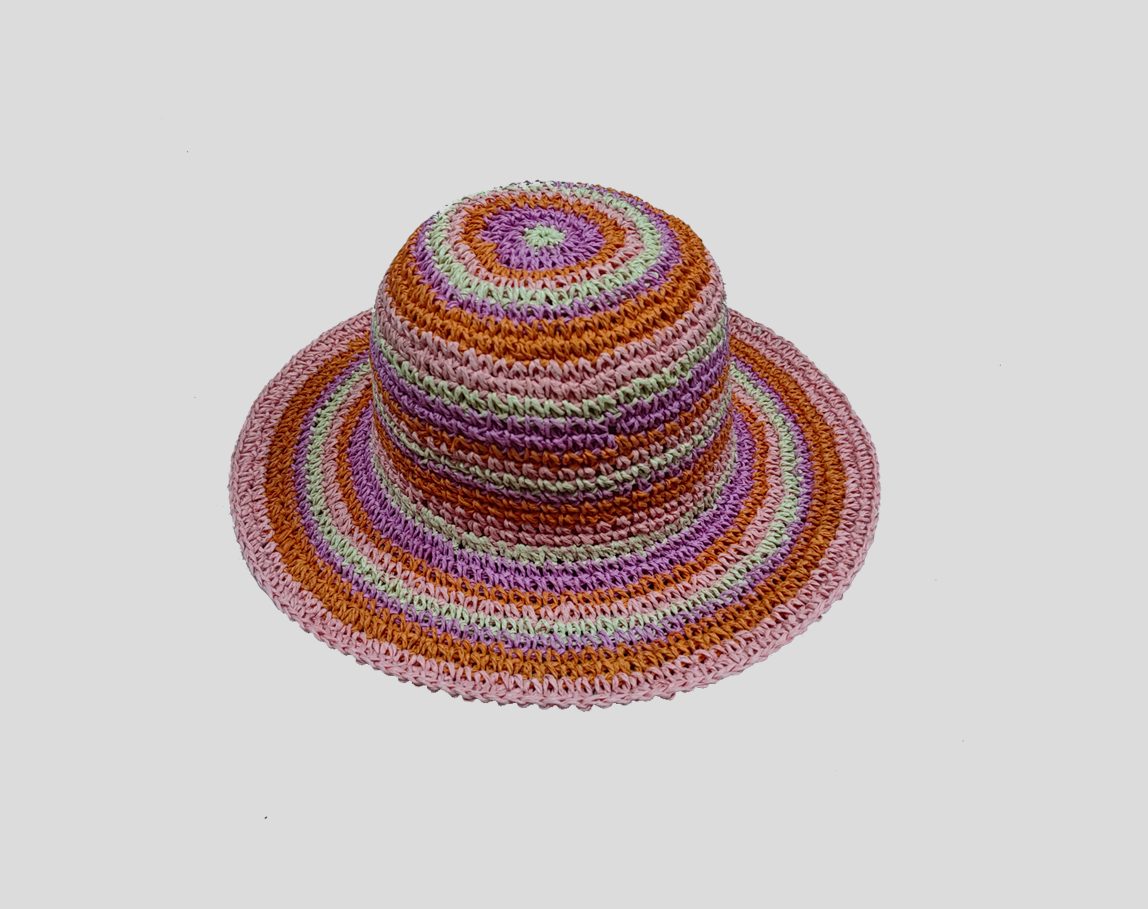
Beyond accessories, paper string is also used to craft furniture pieces such as chairs. The strong yet flexible nature of paper string allows it to be woven into sturdy chair seats and backs. These chairs often feature a rustic, natural look that complements various interior design styles, from bohemian to minimalist.
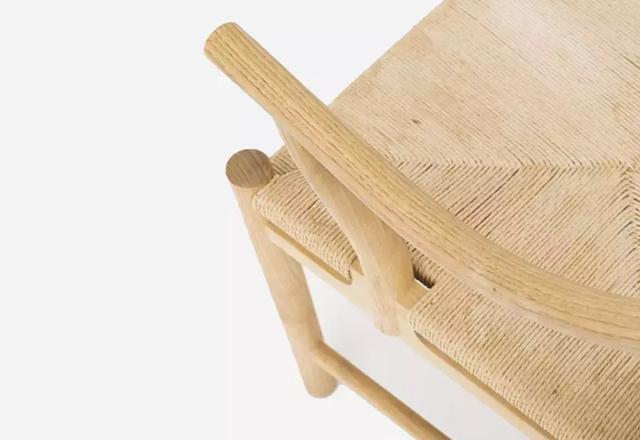
Artistic Creations
Paper string's potential extends beyond practical crafts into the world of art. Artists incorporate paper string into their paintings and mixed media projects to add texture and dimension. By applying paper string to a canvas, artists can create raised patterns and shapes that enhance the visual interest of their work. This technique not only adds a tactile element to the artwork but also plays with light and shadow, creating a dynamic and engaging viewing experience.
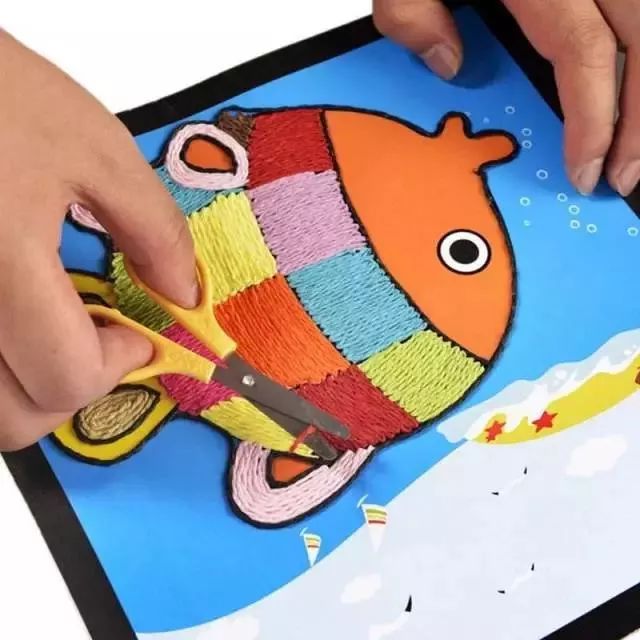
Eco-Friendly Handles
In the context of environmental sustainability, paper string proves to be an ideal choice for producing handles for eco-friendly paper bags. Unlike plastic handles, paper string handles are biodegradable and recyclable, making them a greener alternative. They offer sufficient strength to carry heavy items, ensuring that the bags are both practical and environmentally responsible.
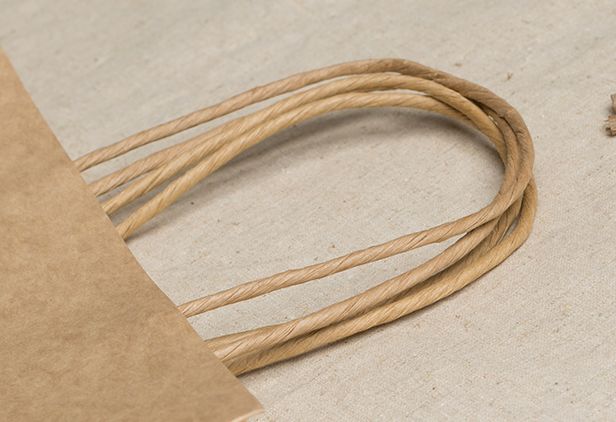
What are the Benefits of Paper String?
Recyclability
Paper string, often sourced from recycled content, plays a significant role in reducing landfill use and promoting environmental sustainability. Recycling paper string not only minimizes waste but also lessens the demand for virgin pulp, which in turn decreases air and water pollution by 74% and 35% respectively. The process of recycling paper involves deinking mills where inks and other coatings are removed, preparing the paper fibers to be reused in new products, typically up to 5 to 7 times. This cyclical process underscores the sustainable nature of paper string, making it an invaluable resource in eco-friendly manufacturing and packaging.
Minimal Environmental Impact
The production of paper string from responsibly managed forests and plantations significantly contributes to environmental conservation. Advanced technologies in pulp and paper manufacturing have drastically cut down water emissions, although challenges still persist with some mills contributing to major water pollution. Programs like WWF's Forests Forward encourage sustainable practices by helping large paper manufacturers implement responsible fiber sourcing, including the increased use of recycled fiber and virgin fiber from certified sources. This approach not only supports biodiversity and forest conservation but also bolsters local economies and communities by providing sustainable livelihoods.
How to Maintain Paper-string Products?
Preventing Fraying
One of the most common issues crafters face when working with paper string is fraying. This occurs when the fibers of the paper string begin to separate, leading to a messy and unprofessional finish. To prevent fraying, crafters can lightly coat the ends of the paper string with a clear adhesive or use heat-sealing techniques where the ends are briefly exposed to heat to bind the fibers together. Additionally, using sharp, high-quality cutting tools can minimize fraying by ensuring a clean cut through the material.
Ensuring Durability
Ensuring the durability of paper string in crafting projects is crucial, especially for items that may be handled frequently or are exposed to various elements. To enhance the durability of paper string, crafters should consider doubling the string where strength is paramount. Applying a thin layer of a sealant, such as clear acrylic spray, can also protect the paper string from moisture and wear. For outdoor applications, choosing a paper string specifically treated for outdoor use can significantly extend the lifespan of the crafted item.
Avoid sun exposure
Maintaining the vibrant colors of paper rope crafts requires careful attention to exposure to light. Excessive sunlight or artificial light can cause the colors to fade over time, diminishing the aesthetic appeal of these eco-friendly creations. To preserve their brilliance, it is crucial to store paper rope items in shaded areas, away from direct sunlight or intense indoor lighting. Additionally, when displaying or using these crafts, consider rotating them periodically to ensure even exposure and prevent one side from fading more than the other. For long-term storage, placing the items in a dark, cool environment will help maintain their original colors. By following these simple guidelines, you can enjoy the beauty of your paper rope crafts for years to come.
Conclusion
Through the exploration of paper string's myriad applications—from intricate crafting projects to its role in fostering environmentally sustainable practices—it's clear that this versatile material holds a significant place in both the crafting community and in broader discussions about eco-conscious living. The detailed examination of various types of paper string, alongside creative DIY projects and environmental benefits, underscores the material's utility and appeal. By showcasing the practical use and ecological advantages of paper string, this article not only enlightens crafters but also encourages a shift towards more sustainable materials in everyday creative endeavors.
Reflecting on the insights shared, readers are equipped to make more informed choices about incorporating paper string into their craft projects, understanding its strengths, and troubleshooting common issues. The broader implications of choosing eco-friendly materials like paper string extend beyond individual projects, contributing to a larger movement towards sustainability and conservation. As the crafting community continues to evolve, the adoption of materials that balance aesthetic appeal with environmental responsibility becomes paramount, positioning paper string as a key component in the pursuit of creativity that is both innovative and mindful of our planet's well-being.




